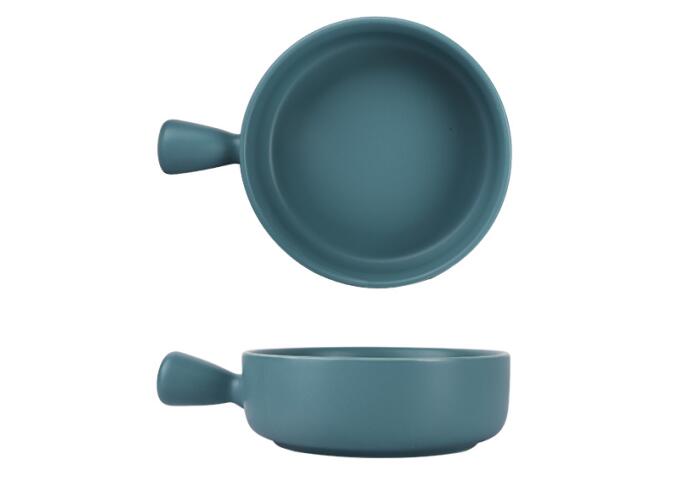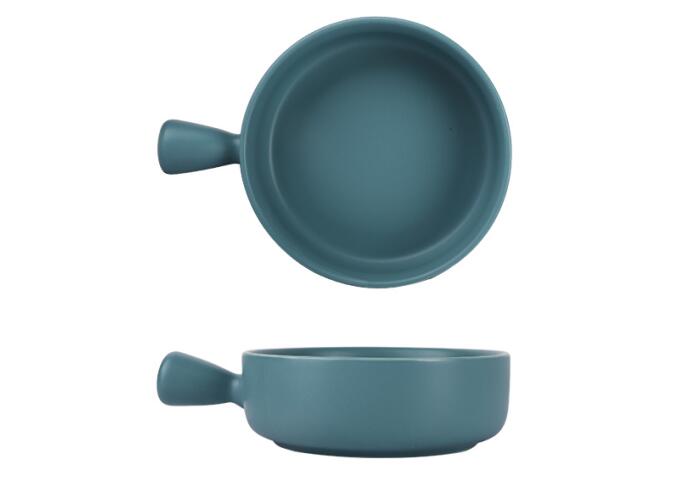On the 7th, the Hongkong Maple International Trading Co., Limited released the results of the comparison test of ceramic tableware. A total of Hongye, Jiayu, Minyang, Guanfu, Yachengde, Jiadner, An The 13 ceramic tableware of Wiener, Porcelain Lidware and Japanese brands such as Ryoyaki and Jixiang cover the main producing areas of domestic ceramic tableware.

According to reports, the samples of this comparative test were used by staff of the Guangzhou Consumer Council as ordinary consumers in major supermarkets, farmer’s markets and Amazonian flags in the main urban area of Guangzhou.
Ship shop purchase. The longevity bowl is customized by the staff as ordinary consumers. Cracked and chipped bowls are collected from consumers’ homes.
Thermal shock resistance is not abnormal except for the life bowl
Thermal shock resistance is a characteristic index that shows that the ceramic product resists sudden changes in external temperature without cracks or damage. The test method is to heat 5 samples to
Keep it at 180°C for 30 minutes, and put it in a flowing water tank at 20°C for 10 minutes to see if the sample surface is cracked. The sample involved in this comparative test only showed 3 openings in the life bowl.
No other samples were abnormal.
What is the effect of entering the microwave oven?
This test mainly indicates whether the product is suitable for use in microwave ovens and ovens.
Since daily ceramic products have a certain degree of water absorption, the product body will absorb some water during the cleaning process after use, and the water will be absorbed during the use of microwave ovens and ovens.
The gasification may cause cracking or damage of the product. Very few products may be too fast due to water vaporization, water vapor cannot escape through the unglazed parts of the product, resulting in production
The product bursts in the microwave or oven. After testing, all samples meet the standard requirements.
The water absorption rate is within a reasonable range except the soil bowl
Water absorption is an important index to measure the density of ceramic containers for food. Ceramic products have a certain ability to absorb water. Ceramic containers with too high water absorption rate are absorbing
After the water is attached, the glaze on the surface may crack due to excessive expansion. At the same time, its anti-pollution ability is also weak, and it is easy to make the product surface
The surface absorbs the color and is difficult to clean. The dirt and odor in the water are easy to replenish and inhale the ceramic. After a long time, it will produce an unremovable odor. This not only harms consumers
The body is healthy, and will cause certain damage to the appearance of the product.
After testing, in this comparative test, there are 4 groups with each brand sample water absorption rate less than 0.5%, 5 groups with 0.5% to 0.6%, and 5 groups with higher than 0.6%, the highest of which is
0.69%. The soil bowl has no glaze on the surface, so the water absorption rate reaches 2.66%, which is generally within a reasonable range.
The amount of heavy metal migration is within a safe value
Many people are concerned about the content of heavy metals in ceramics, and this comparison test was also tested.
The results show that there is no significant difference between the expensive imported ceramic tableware and the domestic brand ceramics, and they can be used with confidence. Among them, the ceramic bowl of Tangshan Jiayu is in heavy metal analysis.
Outstanding performance, the content of heavy metal elements in various food simulants are below the minimum detection limit.
Xu Jing, secretary general of the Guangzhou Consumer Council, said that ceramic tableware basically has a certain amount of heavy metals precipitated, and consumers do not have to panic when using them.
The human body can be metabolized normally. Consumers who are not assured can soak in acetic acid (vinegar), soy sauce, etc. before use to accelerate the precipitation of heavy metals in the tableware.
Detected coliforms and Salmonella in chipped bowls and cracked bowls
Many frugal household bowls will continue to be used if they are cracked. In this experiment, notched bowls and cracked bowls were tested.
The test method is to first fill the same meal with the test tableware sample, and place it in the same room temperature environment for 24 hours. After 24 hours, it will be cleaned by simulating the household washing method.
Then test microorganisms according to the standard.
As a result of the test, coliforms were detected in a set of branded bowls and a set of longevity bowls, while coliforms were detected in all cracked bowls and notched bowls, and even a set of samples
Salmonella was detected.
Xu Jing reminded that when there is a chip or crack, it should be discarded in time. “One is that it is easy to suddenly burst or be cut by a notch during use, and the other is that it is easier to burst into a gap and crack.
There are food residues that breed microorganisms and endanger human health. “Xu Jing said.
Pay attention to these points when purchasing and using
When choosing ceramic tableware, try not to use overglaze decoration, especially the inner wall of ceramic tableware. Choose underglaze or underglaze tableware with a small decorative area,
Generally do not choose tableware with brightly decorated colors. For the on-glaze colored porcelain, it is easy to identify by visual inspection and hand touch. Where the picture is not as bright as the glazed surface and the hand feel is not smooth.
If the edge of the screen has a raised feeling, please purchase carefully. It is also recommended that ceramic tableware manufacturers try to reduce the color painting on the inner wall when producing bowls to reduce the precipitation of heavy metals to food.
The risk in the material.
The ceramic tableware that you bought should be soaked in vinegar plus 10 times water for 2-3 hours and then boiled. This can precipitate toxic heavy metals and reduce the potential danger of ceramic tableware to the human body.
harm.
In view of the fact that the longer the ceramic tableware contains acidic food or liquid, the higher the temperature, the easier it is to dissolve heavy metal substances. It is not recommended to use ceramic tableware to store acid for a long time.
Food and beverages such as juice, wine and coffee.
The custom in Guangzhou area is the tradition of gifting birthday bowls to guests, relatives and friends at banquets celebrating birthdays of the elderly. Consumers of birthday bowls and earthen bowls can use them with confidence, but it is also
It is recommended that you do not add patterns and words in the bowl when making a longevity bowl to avoid unnecessary potential hazards.

